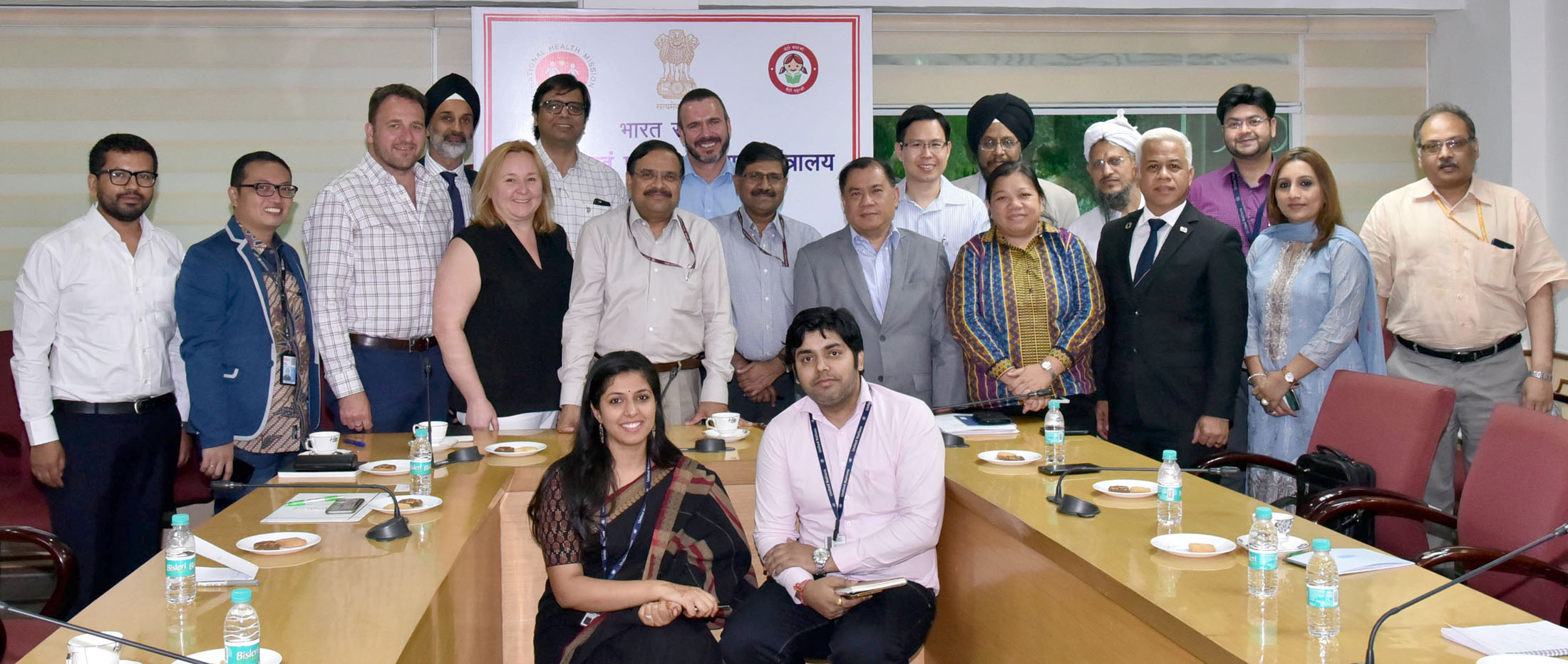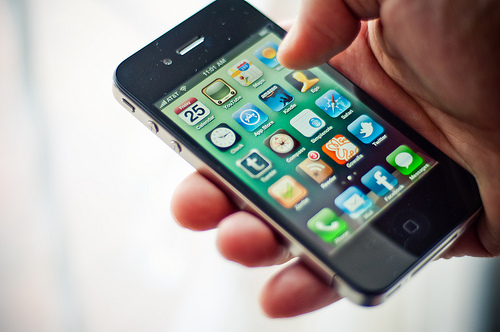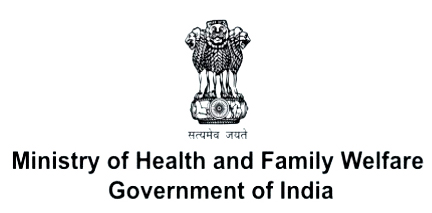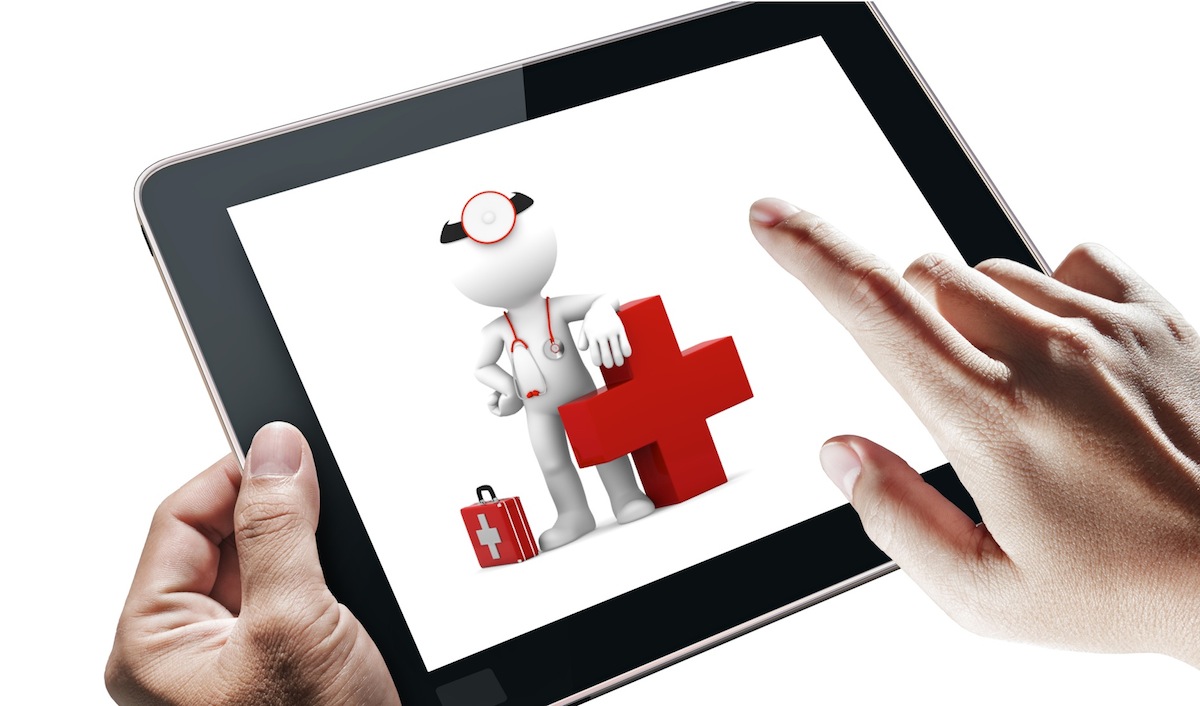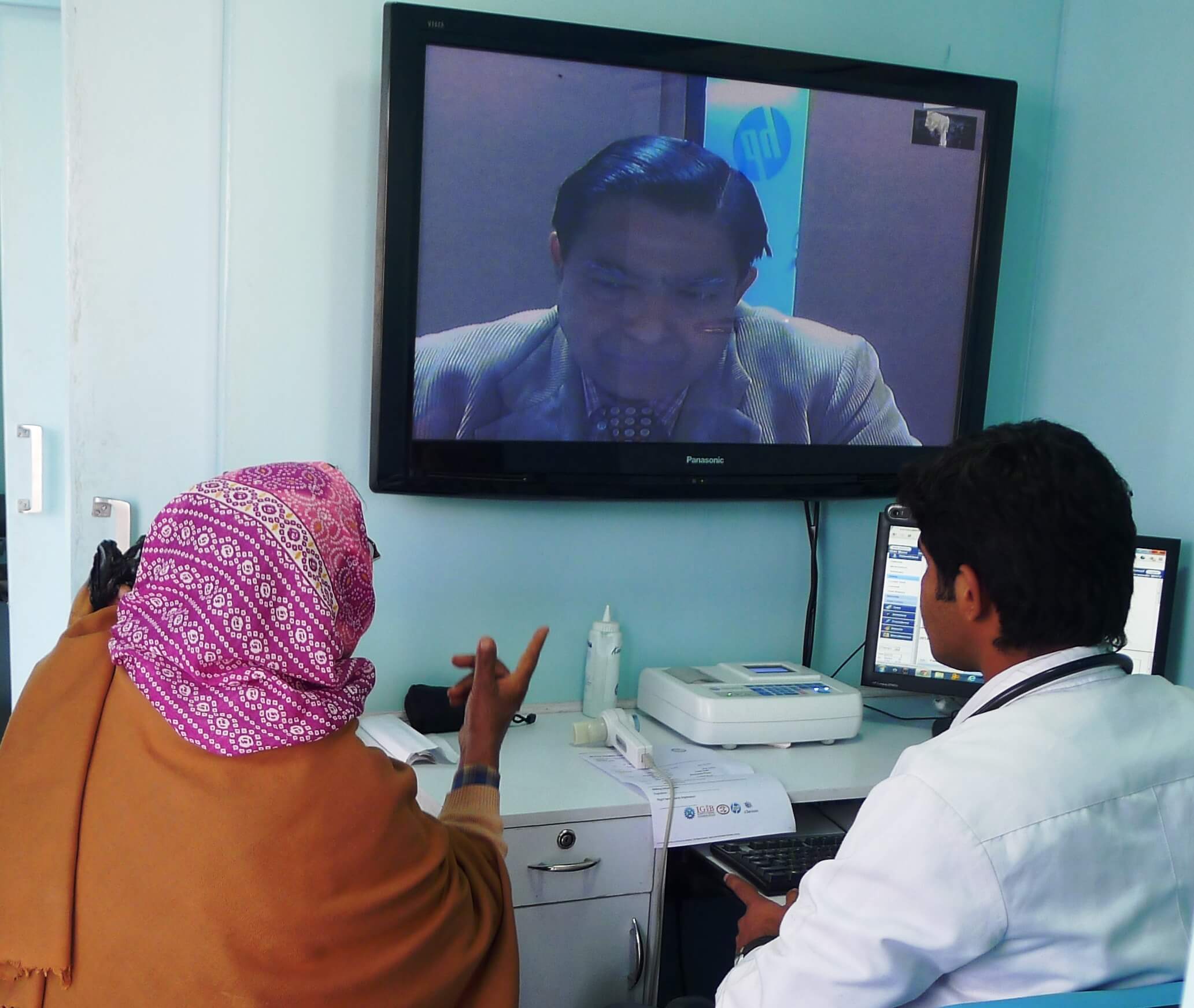Sahara Hospital, Lucknow, has implemented state of the art Health IT systems to ensure better healthcare for patients
Sahara Hospital, Lucknow, has developed and deployed value added services for patients and as well for the caregivers. Patient live video transmission service is an interesting concept and most appreciated value added service that has been deployed at Sahara Hospital using IP based streaming cameras fixed on a mount with wheels that can be rolled across the hospital to any patients bedside. The entire designing and deployment of this service has been done in-house by the Healthcare IT team of the hospital. Through this service, patients relatives can effortlessly view the live video feed of the patient which is in restricted access areas of the hospital like critical care wards or even post-operative areas from any location in the world through internet. To ensure the privacy of the patients, each video session is secured through user name and password. This facility also safeguards patients and relatives/visitors from cross-infection and eases the curiosity of concerned relatives.

Achieving transmission of patients vital parameters from a moving ambulance is another good example of IT adoption at Sahara Hospital. The hospital has ambulances that are equipped with the medical devices and IT systems for transmitting patients vital parameters to the doctors in the hospital while the ambulance is on the move and is transporting patient from a distant location to the hospital. Such systems help in extending assistance to the paramedical staff in moving ambulance from experts in the hospital and at the same time provides sufficient inputs to the emergency medical officer and his team at hospital to ensure desired preparedness to receive the patient as the ambulance arrives and commences appropriate line of treatment.
Sahara Hospital IT team has carried out effective integration of information technology and medical systems to make this possible. This system turns out to be a life saver when the treating physician is out of hospital campus and gets a telephonic communication that his patients health is unstable or deteriorating. The doctor, wherever he is, can log into the patient vitalparameter Monitoring system through a web-browser on his laptop and can view the live status of parameters of the patient. This way he can make an informed decision based on the data and waveforms he gets on the web browser and can remotely advise the paramedic staff to administer drug or carry out a procedure with the assistance of resident doctor to stabilise and comfort the patient.
This system also boasts of complex analytics tool and has the capability to record complete vital-parameters data of all the patients in the critical care area on a central database Server to do online analytics of each patient. This analytics tool captures information which can be missed out by the most watchful eye. It analysis data received from the patient bedside monitor every moment and highlights all critical events with markers that can be automatically reviewed later.

Through the same web login, the doctor can view all past critical and non-critical events and have further insight into the vital-parameters trend of his patient. Another important IT enabled service commissioned at Sahara Hospital is Pneumatic Tube System. This is an excellent transportation system and is being extensively used for quick transfer of Patients lab samples, medicines and reports from one location to another location of the hospital. This service reduces time as well as additional manpower associated cost.
Even the simple looking Pneumatic Tube containers have technology working for them; they come with embedded RFID tags at both the ends. These RFID tags give intelligence to the system and act as a homing device to send empty carriers back to their origin. This is one of the many innovative usages of technology to extend convenience to hospital staff and enhance their efficiency.
Be a part of Elets Collaborative Initiatives. Join Us for Upcoming Events and explore business opportunities. Like us on Facebook , connect with us on LinkedIn and follow us on Twitter , Instagram.



